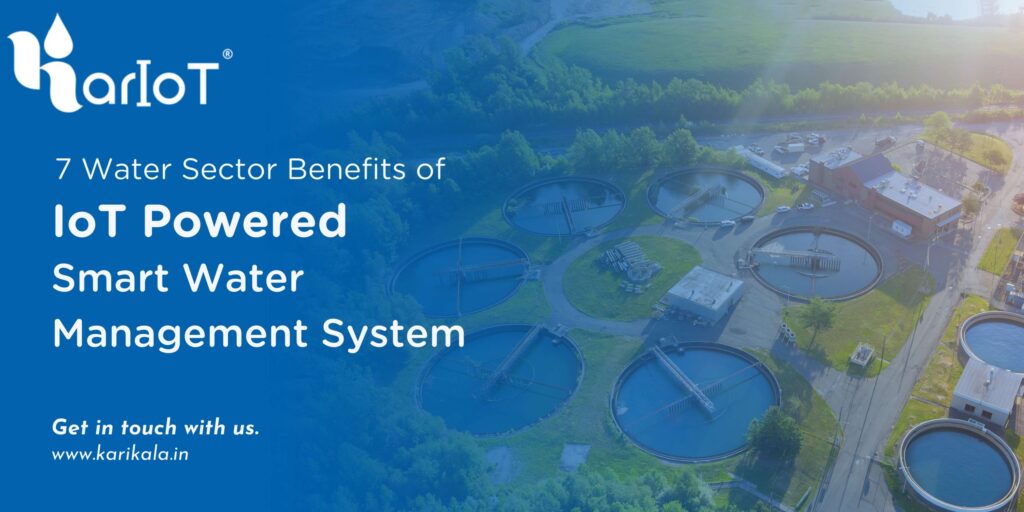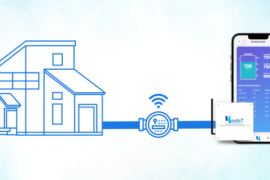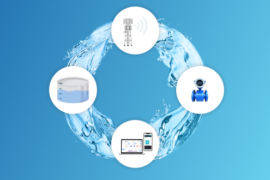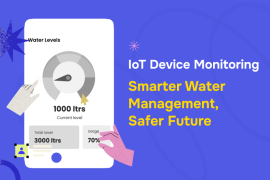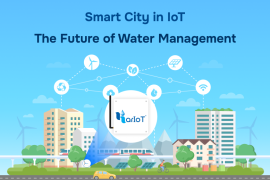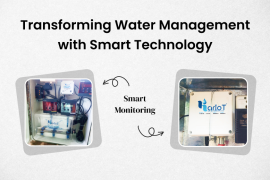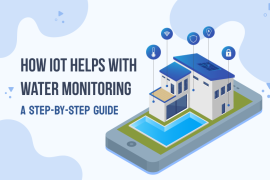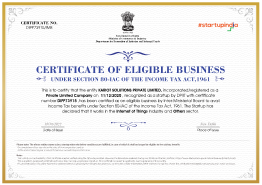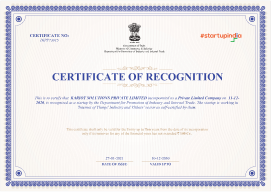For many years, scientists have warned that we are on the verge of “running out” of freshwater. The people started to realize that there is a better way. You could start by using new technologies like the IoT-powered Smart Water Management System, which can save your water resources for future times of need.
The Internet of Things is a breakthrough that offers businesses a convenient way to gain a competitive edge in everything they do. The water business is an example of a sector that needs the most thorough study for asset allocation in suitable amounts. With a significant scarcity of water, the Internet of Things (IoT) provides unique and advanced techniques to meet the demands. Sensors in the water sector assist the industry through continuous observations, an information-driven strategy, and a ready-to-use framework with user-friendly features.
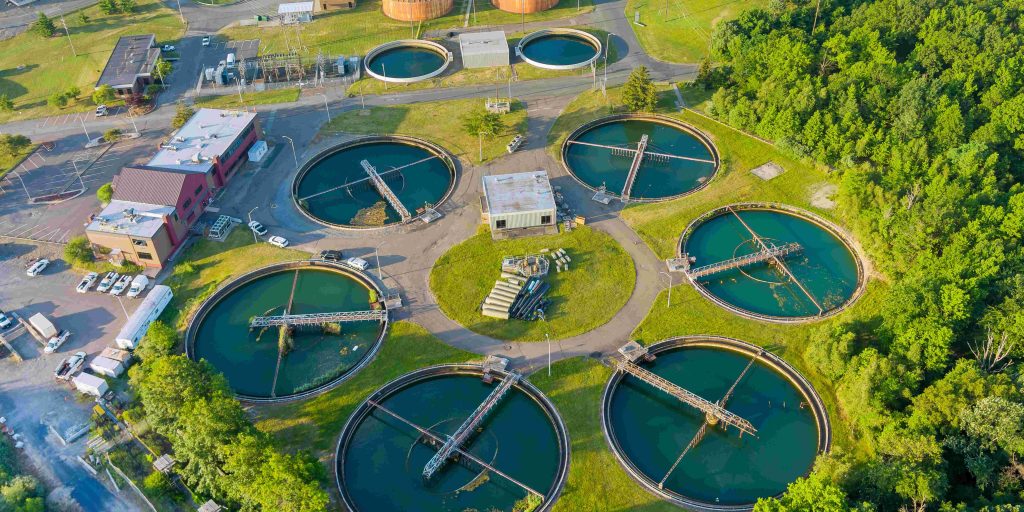
1) Real-time Analysis of Water Consumption
In the water sector, IoT-based solutions are more advanced versions of technological integration. Quality sensor devices possess the solution which gathers correct data from assets and provides it in real-time to the user’s dashboard. It helps customers in multiple ways, such as recognizing water use patterns and analyzing water usage.
2) Reduced Maintenance Costs
The water business holds massive storage tanks and apparatus that monitor to avoid costly maintenance. Water collectors, treatment facilities, distribution mains, and wastewater recycling centers benefit from IoT-based solutions. As a result of the technology-based functionality, maintenance expenses are reduced thanks to automated processes and periodic monitoring.
3) Better Communication among stakeholders
The Internet of Things (IoT) is a technology that establishes a connection between industrial assets and users to provide timely replies. Lighting frameworks benefit from IoT by transmitting messages to customers, such as shutting off electric devices in empty rooms. Another example of enhanced client communication is in the food and beverage industry, where they might inform customers about the expiration of their goods. The adoption of IoT allows for better communication and real-time information, allowing managers to make more informed decisions to improve production quality.
4) Predicting Potential Failures
A water company spends minimal financial resources on crisis repair and expenditures whenever a pipe bursts out. Using a flexible platform reduces the cost and monitors the overall water system. It incorporates the complete water industry and correlates to data obtained from numerous locations for a unified perspective that enables fast, structured activity while also enhancing comprehension and command of each area of the water sector.
5) Remote Monitoring
For water authorities, IoT improves real-time data collection and allows for IoT remote monitoring. If someone is on vacation or there is a staff shortage, one can efficiently monitor the functioning factor of the firm. The entire credit goes to IoT technology. It gives manufacturers a precise reaction in terms of remote valve control, real-time insights into their linked devices, and more.
6) End-to-End Services
The Smart water management system may provide a wide range of services based on the company’s needs. The IoT-based water management system is a powerful package that works efficiently in the water sector, from placing devices on industrial assets to deducing insights and suggesting actions to improve the business. It provides end-to-end services, is adaptable, and assures productivity to improve the quality of the enterprises. Authority may benefit from automated processing, user-friendly interactions, accurate results, and increased productivity once the implementation of an IoT-based solution is successful.
7) Interactive Reports
IoT makes recommendations for the authorities in charge of ensuring smooth business meetings. Because the data given by modern sensors translate in a user-friendly manner, authorities may rely on it. The created reports are shared and interactive, displaying all of the industry’s data. It enables authorities to carry out their objectives effectively and makes sound judgments based on facts and well-researched analyses.
With its high-level benefits and capabilities, the Internet of Things enables water utilities to provide the required amount of consumable and safe water to end-users, expedite water treatment procedures, and improve the capacity of their water conveyance infrastructure. IoT is the holy grail of utility technology. In these times of water scarcity, the government can use it to provide uninterrupted water to those living in remote and isolated areas. In the future, water innovation will boost the creation rate of water, which will aid in dealing with the stockpile among the growing population.

